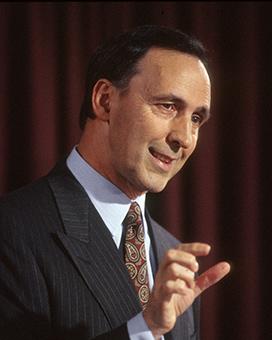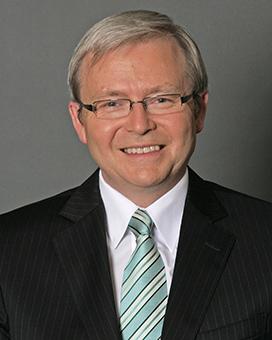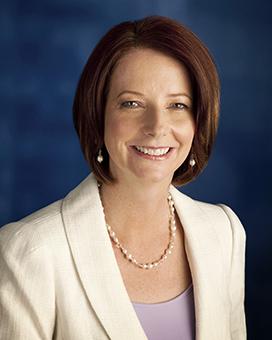About John Howard

- Born: 26 July 1939
- Partner: Janette Howard
- Political party: Liberal Party of Australia
- Image: NAA: A8746, KN6/3/96/12
Australia’s 25th Prime Minister served from 11 March 1996 until 3 December 2007, the second-longest prime ministerial term after Robert Menzies. When he lost the seat of Bennelong in 2007, John Howard also became the second Australian prime minister to lose his seat, the first being Stanley Melbourne Bruce in 1929.
John Howard entered parliament as the Member for Bennelong in May 1974. After the controversial dismissal of the Whitlam government in November 1975, he took his first portfolio as Minister for Business and Consumer Affairs in the Coalition government of Malcolm Fraser and Doug Anthony from December 1975 to July 1977. He was Minister for Special Trade Negotiations from July 1977 to December 1977. Howard was then Treasurer from December 1977 until the Fraser government lost office in 1983.
Leader of the Opposition from 1985 to 1989, and again from 1995, John Howard became Prime Minister following the Liberal–National Party Coalition’s victory in the 1996 federal election.
As Prime Minister, John Howard led a government with a wide reform agenda, initiated by the sale of Telstra, the nation’s chief telecommunications carrier. His government achieved a restructuring of industrial relations, including the introduction of direct employer–employee enterprise agreements. A key economic reform was the introduction of a goods and services tax.
In international relations, the government eventually provided support enabling East Timor to achieve independence and developed an ‘Asia-first, but not Asia only’ diplomacy. After the terrorist attacks on New York and Washington, DC on 11 September 2001, Australia’s role in international responses to terrorism was a major element in the foreign and defence policies of the Howard government, particularly in the Australian decision to support the Iraq war in 2003.
Did you know?
John Howard:
- second prime minister to lose his seat while in office
- was named after British Prime Minister Winston Churchill
- entered parliament on the 74th anniversary of the enactment of Australia’s Constitution on 9 July 1900
- became active in Liberal Party politics from the age of 18
- campaigned for the Conservative Party in Britain’s 1964 election







